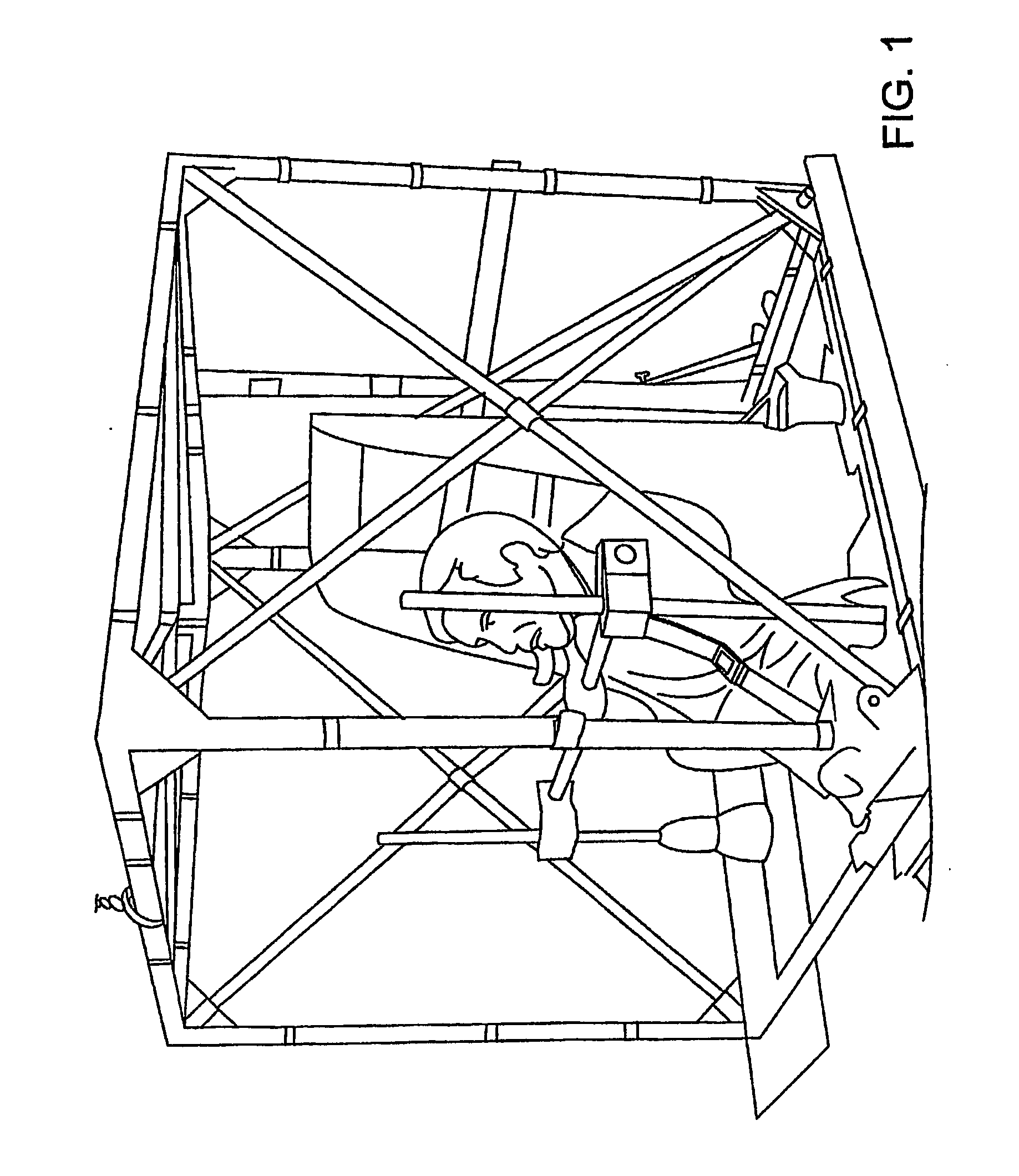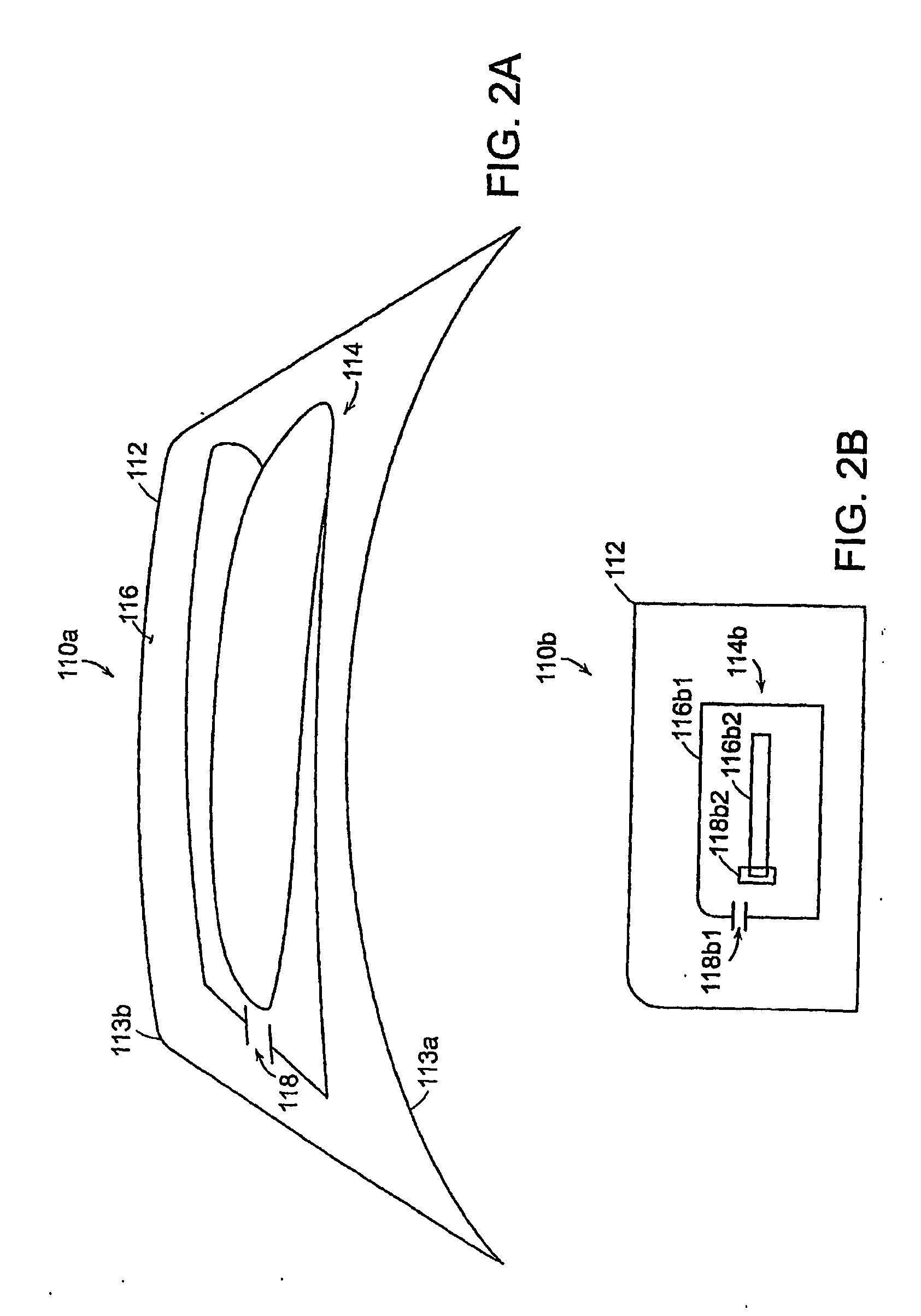This wire is delicate and is a major source of coil defects.
Also, this wire is a source of discomfort for the subject as it rubs the edges and inner surfaces of the eyelids and may become entangled in the eyelashes.
In addition, this wire can contribute to
motion artifacts, since the eyelids can push the wire and, therefore, move the coil and lens on the eye (Bergamin O, Roberts D C, Ramat S, Straumann D, Zee D Z. Influence of orientation of exiting wire of search coil annuli on torsion following saccades.
The wired scleral contact lenses used in humans are fragile and expensive and typically last for only a few recording sessions.
Experiments typically call for a coil on each eye, so a continuous and costly supply of these lenses must be maintained.
Further,
wire breakage during experiments causes delays, loss of data, and sometimes, due to time constraints, early termination of the experiment.
Surgically implanted coils used in animal studies are extremely expensive due to their risky and labor intensive nature and are also susceptible to breakage.
This is an added source of infection and malfunction.
Rubbing of the wire inside the animal's head can be a source of discomfort and infection.
This is such a great restriction that as a general rule, no practical attempt is made to make head-free measurements while using search coils.
The large
field coil structure also imposes limits on the location of coil experiments.
Typically, such coil systems are not portable.
All of this severely restricts the use of search coil systems in novel locations, situations, and orientations.
Another potential problem with existing search coil systems is slippage of the
contact lens in human subjects, especially torsionally.
Without being bound to any particular theory, it is believed that some of this effect may be due to
irritation of the eyes from the coils, and in particular from the connecting wires leading from the scleral coils as this is almost always the part of the coils that cause the most discomfort and “awareness” of something in the eye.
An ill-positioned connecting wire tends to slide across the lower lid or the lashes, which can be quite annoying and could easily lead to a desire to reduce eye velocity and the duration of eye movements.)
This elegant solution is useful only for
horizontal and vertical eye movements, and cannot be easily extended to include torsional measurements.
Small movements of the eye relative to the secondary
detector coil cause large errors in the measurements.
Moreover, these systems have seen only very limited use in a few labs.
BOG, which uses electrodes placed near the eyes, is relatively easy to use, but suffers from lack of sensitivity due to
muscle noise, drift due to changes in the
skin-
electrode interface, and changes in
gain and bias due to changes in corneo-
retinal potential with variations in
ambient lighting.
EOG is unsuitable when
high resolution and accuracy are required, it cannot measure torsion, and it provides poor vertical measurements.
However, most IR tracker systems cannot accurately measure eye movements greater than approximately ±15 to ±20 degrees horizontally, and less vertically.
These systems also can be difficult to calibrate, and do not measure torsion.
No
video based system today approaches the search coil's ability to measure horizontal, vertical, and torsional eye movements at 1000 Hz and above.
In addition to these limitations, an inherent limitation of VOG is that a camera needs to acquire an image of the eye, and in some situations this maybe difficult or impossible.
Droopy eyelids or narrow eye openings cause problems for VOG, as do blinking, squinting, and, obviously,
closed eyes.
Wearing glasses is not permitted with many types of VOG systems, and patching or occluding an eye may not be permitted.
A camera, or some form of
optics or right angle prisms, must always be in the
field of view, which can be unacceptable in many circumstances.
The use of a
stereoscopic video apparatus to present visual stimuli (VR:
virtual reality) would present a problem, unless the apparatus was specifically designed to accommodate VOG.
There are also several very common experimental setups in which a video system is inconvenient or unacceptable.
It is not uncommon to evaluate patients with fourth nerve palsies, which cause the eyes to be misaligned.
This may be problematic because, depending on the configuration of the particular VOG system, covering of the eye may preclude the recording of its position.
Video systems would at the least complicate the determination of
eye position, or at worst not be
usable at all.
Illumination of the eye is required for the camera to capture an image, however, many evaluations require absolute
darkness so that the subject has no fixation targets.
While
infrared illumination results in decreased
visibility of the illumination, it may not eliminate it.
IR LEDs are sometimes visible as a dim red glow to a subject that is dark adapted, and this can compromise the conditions of the evaluation.
In addition, it can be very difficult to get an image of the eye that is good enough to perform torsional
eye movement analysis.
Higher-
wavelength IR illumination is less visible to the subject, but it also results in a more washed-out (lower contrast) image of the iris, leading to poorer torsional tracking.
Another shortcoming with VOG is the need to
mount the imaging camera to the subject's head, possibly interfering with head motion.
Furthermore, if the camera is not very firmly attached,
jitter in the resulting image will degrade the quality of the measurement.
This is a significant problem that severely restricts the use of video in situations where free and rapid head and body motions occur.
The more effective methods to stabilize the device on the head are also quite uncomfortable, requiring a biteboard or clamping to the head.
 Login to View More
Login to View More  Login to View More
Login to View More 


